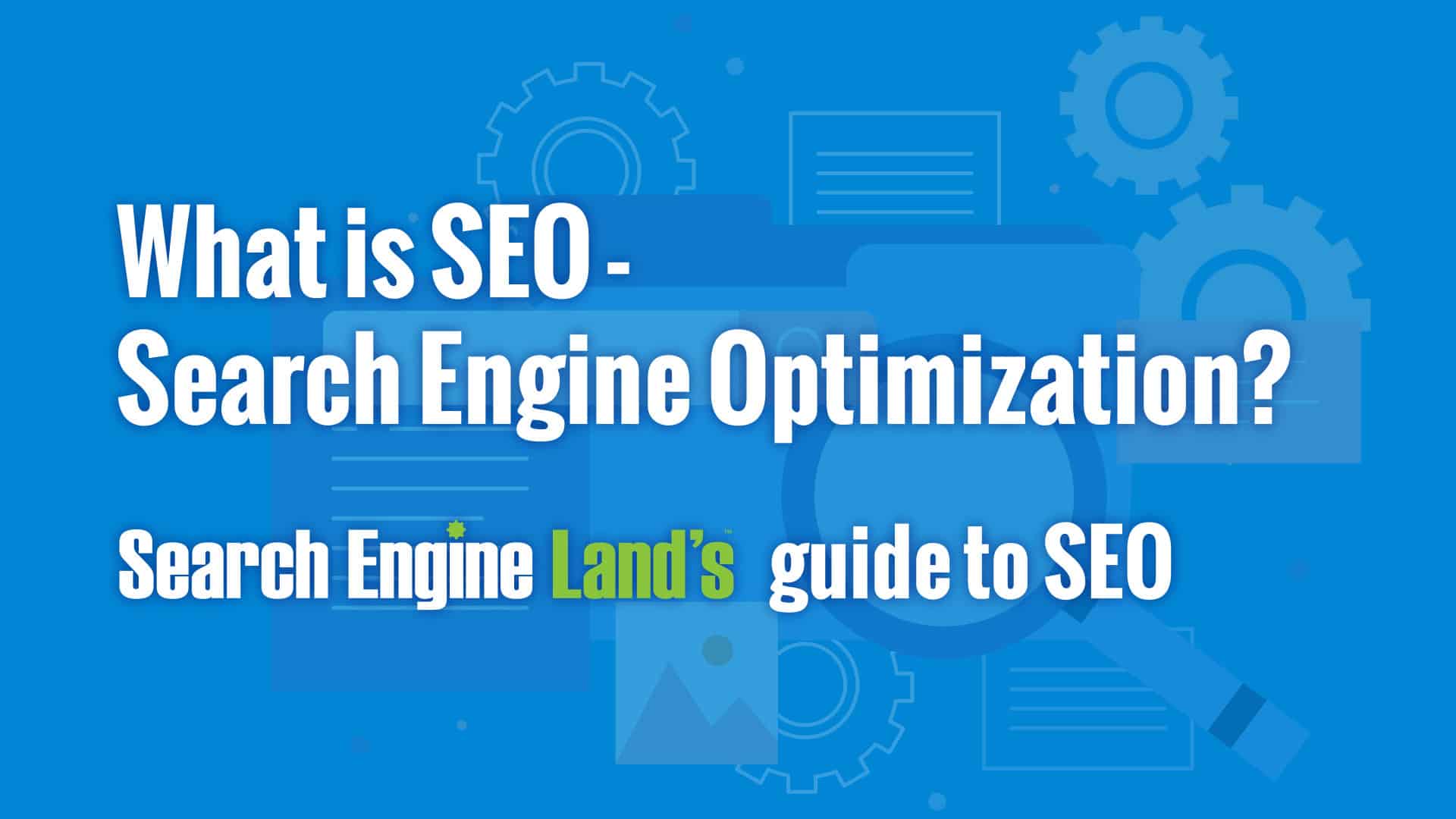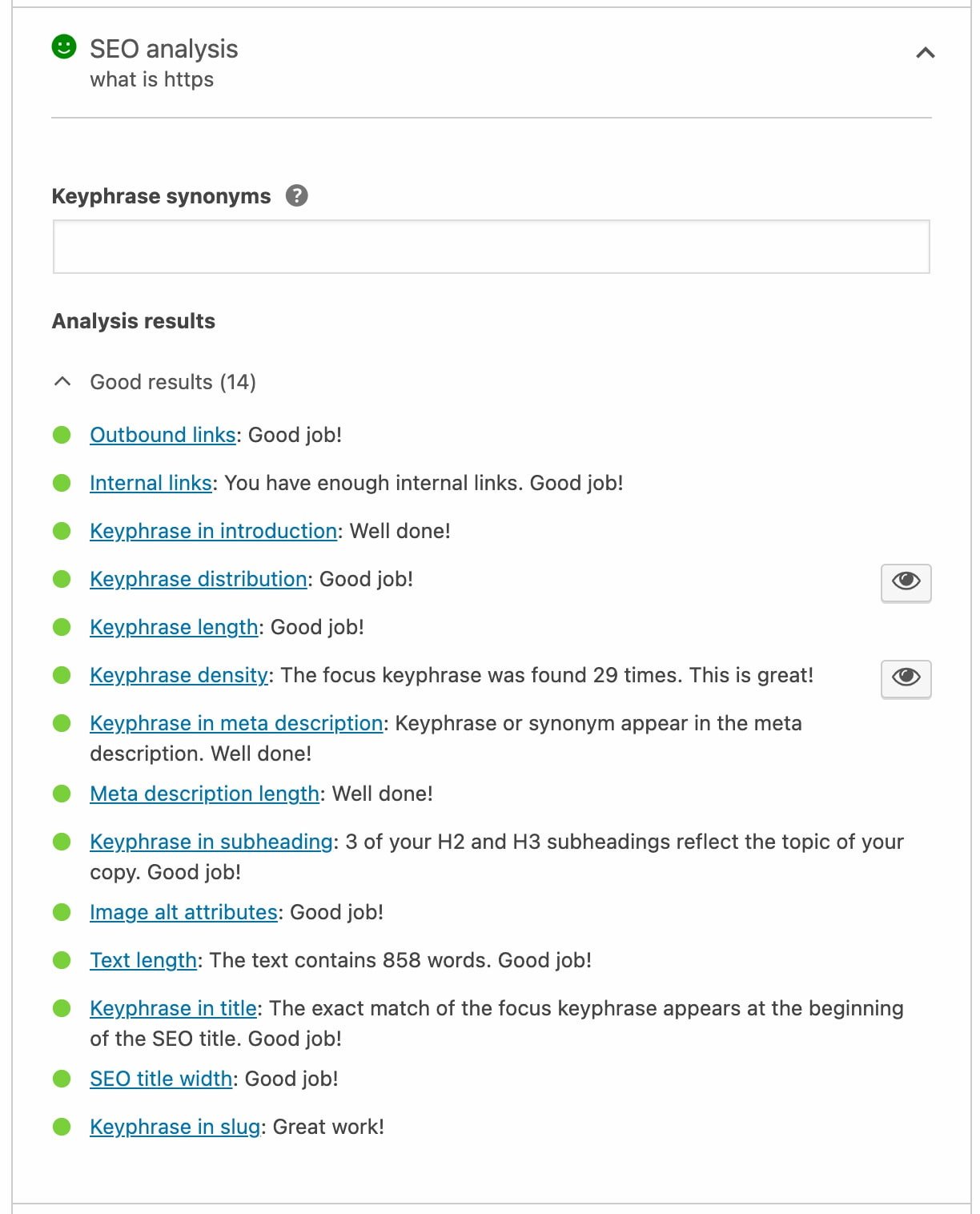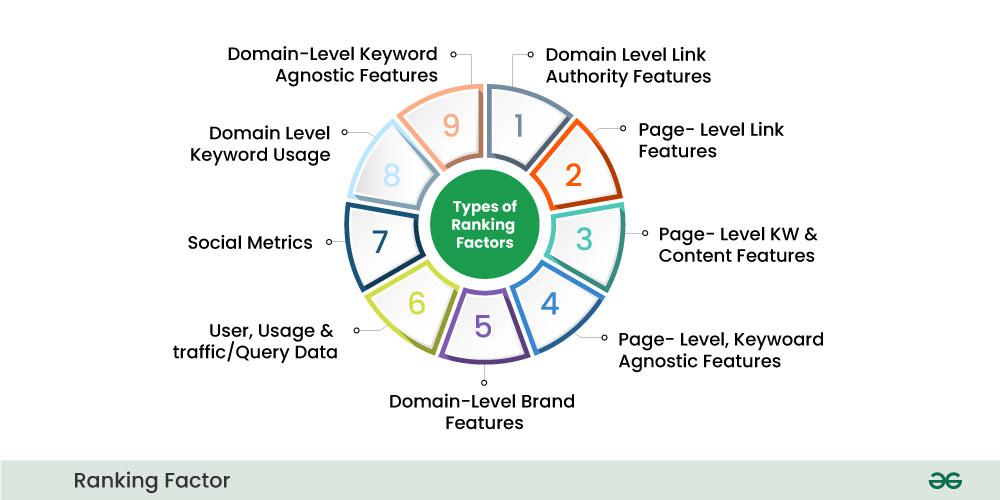What are SEO Features: SEO features include keyword optimization, quality content, meta tags, and backlinks. These elements improve website visibility on search engines.
SEO, or Search Engine Optimization, enhances a website’s visibility on search engines like Google. Effective SEO involves several features that collectively boost a site’s ranking. Keyword optimization ensures that relevant search terms are used throughout the content. Quality content engages users and encourages longer site visits.
Meta tags, including title tags and meta descriptions, provide search engines with essential information about the webpage. Backlinks from reputable sites signal credibility and authority. By integrating these SEO features, websites can achieve higher search engine rankings, attract more organic traffic, and ultimately drive business growth.
Keyword Research
Keyword research is a cornerstone of SEO. It involves identifying words and phrases that potential visitors use when searching for content online. Effective keyword research helps you understand what your audience is looking for and how you can provide it. Below, we’ll explore how to find the right keywords and the tools that can help you in this process.
Finding The Right Keywords
Finding the right keywords is crucial for SEO success. Start by brainstorming topics related to your niche. Think about what your audience might search for. Use these topics to create a list of potential keywords.
Next, analyze the search volume and competition for these keywords. High-volume keywords can bring more traffic, but they are often competitive. Long-tail keywords are longer phrases that attract less traffic but are easier to rank for.
Consider user intent when selecting keywords. Are users looking for information, products, or services? Choose keywords that match your content’s purpose.
Tools For Keyword Research
Several tools can assist in keyword research. Here are some of the most popular options:
| Tool | Description | Free/Paid |
|---|---|---|
| Google Keyword Planner | Provides keyword ideas and search volume. | Free |
| Ahrefs | Offers in-depth keyword analysis and competitor insights. | Paid |
| SEMrush | Includes keyword research, site audit, and more. | Paid |
| Ubersuggest | Gives keyword suggestions and SEO metrics. | Free/Paid |
Using these tools, you can refine your keyword list. Look for keywords with a good balance of search volume and competition. Analyze your competitors to see which keywords they rank for.
Incorporate these keywords into your content naturally. Use them in titles, headings, and throughout your text. This helps search engines understand your content and rank it higher.

Credit: searchengineland.com
On-page Optimization
On-page optimization is crucial for effective SEO. It involves optimizing individual web pages. This helps them rank higher on search engines. Let’s explore its key elements.
Content Quality
Quality content is the backbone of on-page optimization. Search engines love fresh, relevant, and engaging content.
Use keywords naturally in your content. This helps search engines understand your page.
Avoid keyword stuffing. It can lead to penalties. Focus on user experience.
Break content into small paragraphs. Use bullet points and numbered lists for clarity.
- Use headings and subheadings.
- Include images and videos.
- Ensure content is easy to read.
Meta Tags
Meta tags are vital for on-page SEO. They help search engines understand your page.
Title tags should be unique and include primary keywords.
Meta descriptions should be compelling and concise.
Use alt text for images. This helps with image search optimization.
| Meta Tag | Purpose |
|---|---|
| Title Tag | Defines the title of your page. |
| Meta Description | Provides a brief summary of your page. |
| Alt Text | Describes images for search engines. |
Ensure all meta tags are unique for each page. This boosts your SEO performance.
Technical Seo
Technical SEO is a crucial aspect of optimizing a website. It ensures that search engines can crawl and index your site effectively. This involves various behind-the-scenes elements that enhance a website’s performance and usability. Let’s delve into some key Technical SEO features.
Site Speed
Website speed is vital for user experience and search engine ranking. A fast-loading site keeps visitors engaged. Google considers site speed a ranking factor.
- Use a Content Delivery Network (CDN) to distribute content efficiently.
- Optimize images by compressing them without losing quality.
- Minimize HTTP requests by reducing scripts and plugins.
- Enable browser caching to store static files locally.
- Use asynchronous loading for CSS and JavaScript files.
Mobile Friendliness
With the rise of mobile users, having a mobile-friendly site is essential. Google uses mobile-first indexing, meaning it primarily uses the mobile version of the content for indexing and ranking.
- Ensure a responsive design that adapts to different screen sizes.
- Use legible font sizes for better readability on smaller screens.
- Optimize touch elements to avoid overlapping.
- Check for mobile usability issues with Google’s Mobile-Friendly Test tool.
Technical SEO involves optimizing these critical features to improve site performance. It enhances both user experience and search engine rankings.

Credit: yoast.com
Backlink Strategies
Backlinks are essential for any successful SEO strategy. They act as endorsements from other websites, boosting your site’s credibility and ranking. The right backlink strategies can significantly enhance your site’s visibility. Let’s explore two critical aspects: Quality Over Quantity and Building Relationships.
Quality Over Quantity
Focusing on quality backlinks is crucial. High-quality backlinks come from reputable and relevant websites. They provide more value than numerous low-quality links. Search engines prioritize the source of the link over the number of links.
Here’s a comparison to understand better:
| Quality Backlinks | Quantity Backlinks |
|---|---|
| Come from reputable sites | Come from many sites |
| Boost site authority | May not improve authority |
| Increase organic traffic | May not impact traffic |
A single backlink from a trusted site can boost your ranking. Always aim for quality over quantity.
Building Relationships
Building relationships is vital for gaining quality backlinks. Engage with industry leaders and influencers. Share valuable content that they would want to link to. Networking helps establish trust and credibility.
Here are steps to build relationships:
- Identify potential partners in your niche.
- Engage with their content on social media.
- Offer to contribute guest posts.
- Provide valuable insights and feedback on their work.
- Maintain consistent and genuine communication.
Strong relationships lead to natural backlink opportunities. This strategy ensures long-term SEO benefits.
Local Seo Tactics
Local SEO tactics help businesses get found by nearby customers. These tactics improve your online presence in local search results. They are crucial for small businesses wanting to attract local clients. Below, we explore key local SEO tactics.
Google My Business
Google My Business (GMB) is vital for local SEO. It boosts visibility in local searches. Claim your GMB listing if you haven’t. This allows your business to appear in Google Maps and local search results.
Fill out your GMB profile completely. Include your business name, address, and phone number (NAP). Add photos, business hours, and services offered. These details help customers find you easily.
Encourage customers to leave reviews on your GMB profile. Respond to reviews promptly. Positive reviews improve your local search ranking.
Local Citations
Local citations are online mentions of your business. They include your NAP details. Citations can be on websites, apps, and social platforms.
Ensure your business information is consistent across all citations. Inconsistent details confuse search engines and users. Consistency improves your local search ranking.
Get citations from reputable local directories. Examples include Yelp, TripAdvisor, and Yellow Pages. These sites boost your credibility and visibility.
Use tools like Moz Local or BrightLocal to manage your citations. These tools help you track and update your business information easily.
Measuring Seo Success
Measuring SEO success is vital for any website. It helps understand what’s working and what needs improvement. By tracking key metrics and using effective tools, you can ensure your SEO strategy is on the right path.
Key Metrics
There are several key metrics to monitor for SEO success. Each provides insights into different aspects of your website’s performance.
| Metric | Description |
|---|---|
| Organic Traffic | Visitors coming from search engines. |
| Keyword Rankings | Positions of your keywords in search results. |
| Click-Through Rate (CTR) | Percentage of people clicking on your search result link. |
| Bounce Rate | Percentage of visitors leaving after viewing one page. |
| Conversion Rate | Percentage of visitors taking a desired action. |
Seo Tools
Several tools can help measure SEO success. They provide data and insights to optimize your strategy.
- Google Analytics: Tracks website traffic and user behavior.
- Google Search Console: Monitors site performance in search results.
- SEMrush: Provides keyword research and competitor analysis.
- Ahrefs: Offers backlink analysis and keyword tracking.
- Moz: Helps with keyword research and link building.
Using these tools, you can track your progress. Adjust your strategies based on data to achieve better results.

Credit: www.geeksforgeeks.org
Frequently Asked Questions
What Does Seo Mean?
SEO stands for Search Engine Optimization. It improves website visibility on search engines like Google. Better visibility attracts more organic traffic.
What Are The 4 Areas Of Seo?
The four areas of SEO are on-page SEO, off-page SEO, technical SEO, and content SEO. On-page focuses on optimizing individual pages. Off-page involves building backlinks. Technical SEO improves site architecture. Content SEO enhances the quality and relevance of your content.
What Are The Features Of Seo Framework?
The SEO framework features include keyword optimization, meta tag management, content analysis, site speed improvement, mobile-friendliness, and backlink building. It also offers user-friendly navigation, structured data, and regular performance tracking.
What Are The 3 Core Must Haves Of Seo?
The 3 core must-haves of SEO are quality content, keyword optimization, and strong backlinks. Each element boosts search engine rankings and visibility.
What Are Seo Features In Websites?
SEO features are elements like meta tags, keywords, and backlinks that help improve a website’s visibility on search engines.
Conclusion
Mastering SEO features is essential for online success. By optimizing your site, you improve visibility and attract more visitors. Focus on keywords, quality content, and user experience. These strategies will boost your rankings and drive traffic. Stay updated with SEO trends to maintain a competitive edge in the digital landscape.


